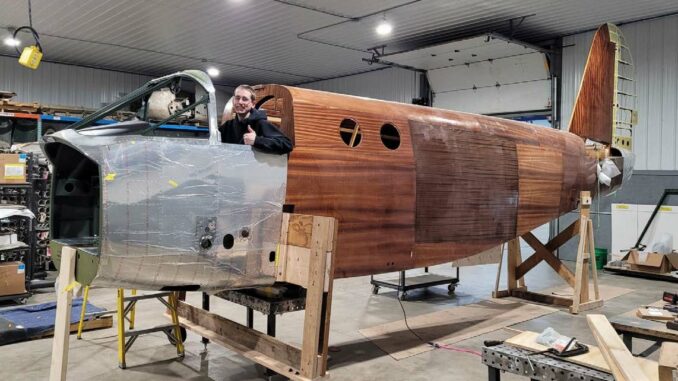
Periodically, we have presented reports from Chuck Cravens detailing the restoration of an ultra-rare Beechcraft AT-10 Wichita WWII advanced, multi-engine trainer. As mentioned in previous articles, the project belongs to the Cadet Air Corps Museum and comprises the remains of several airframes, but is primarily focused upon Wichita 41-27322. The restoration is taking place at world-renowned AirCorps Aviation in Bemidji, Minnesota, and here is their latest update on progress with the Wichita as it stands presently….
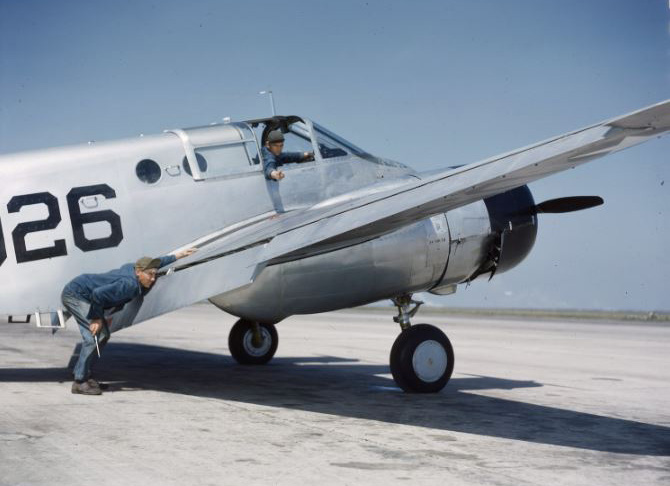
Over the past few months, most of the work on the AT-10 involved the cockpit section, the main fuselage, and the vertical fin. Indeed a major milestone saw the cockpit section mounted to the main fuselage!
Cockpit
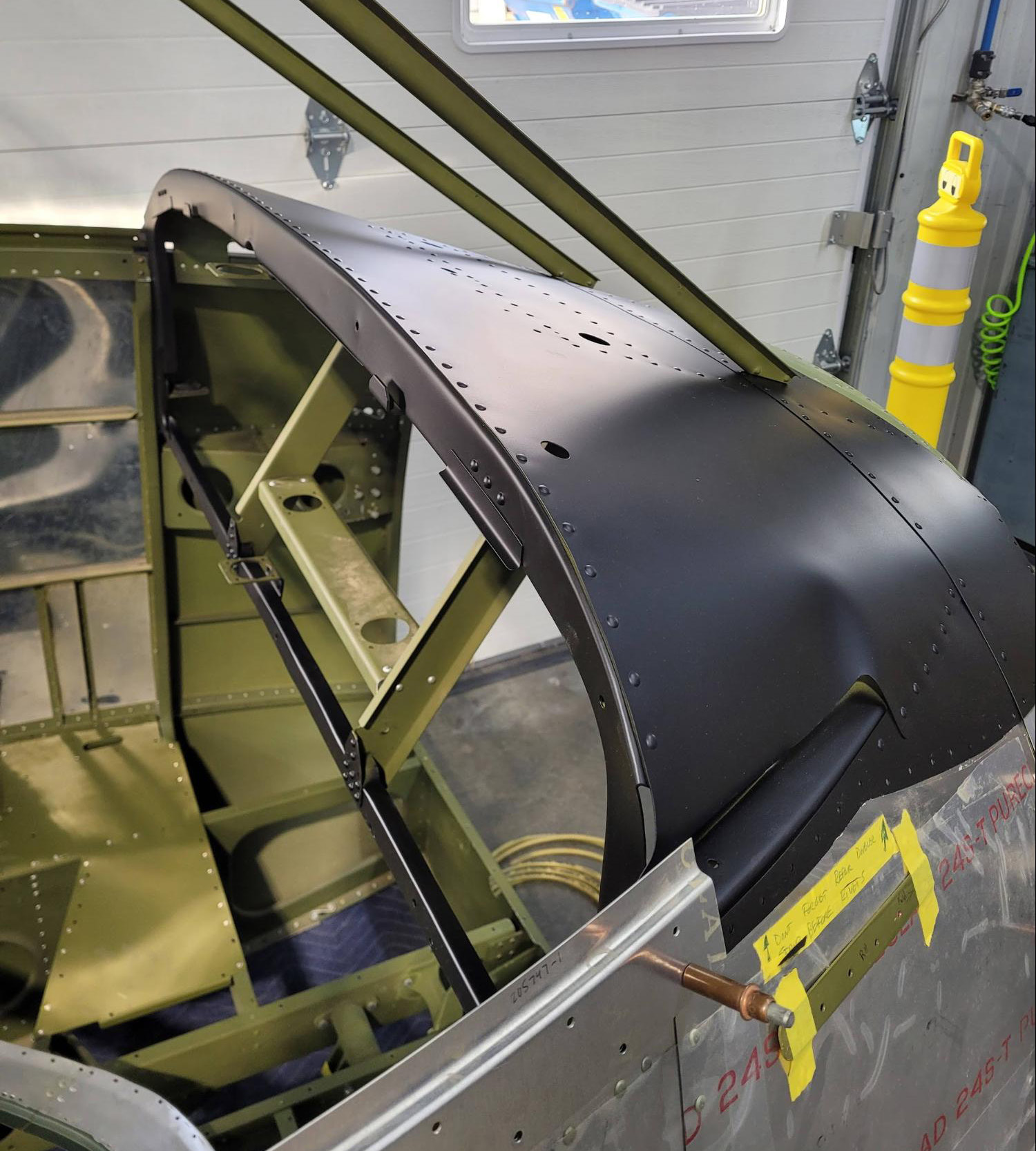
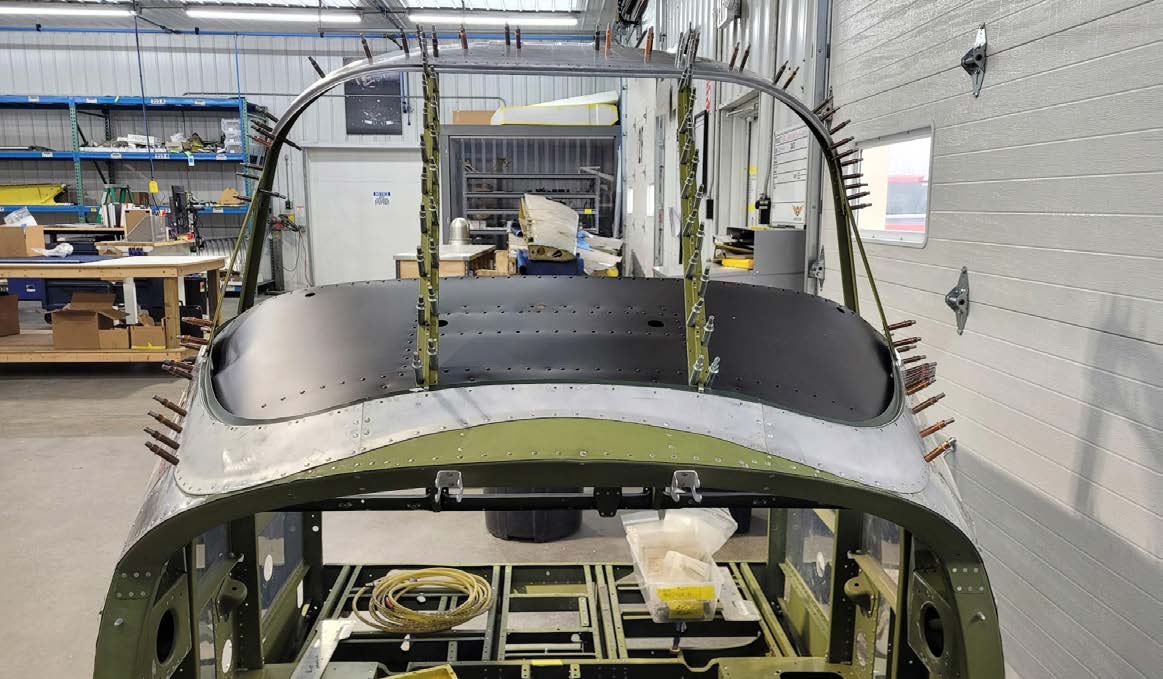
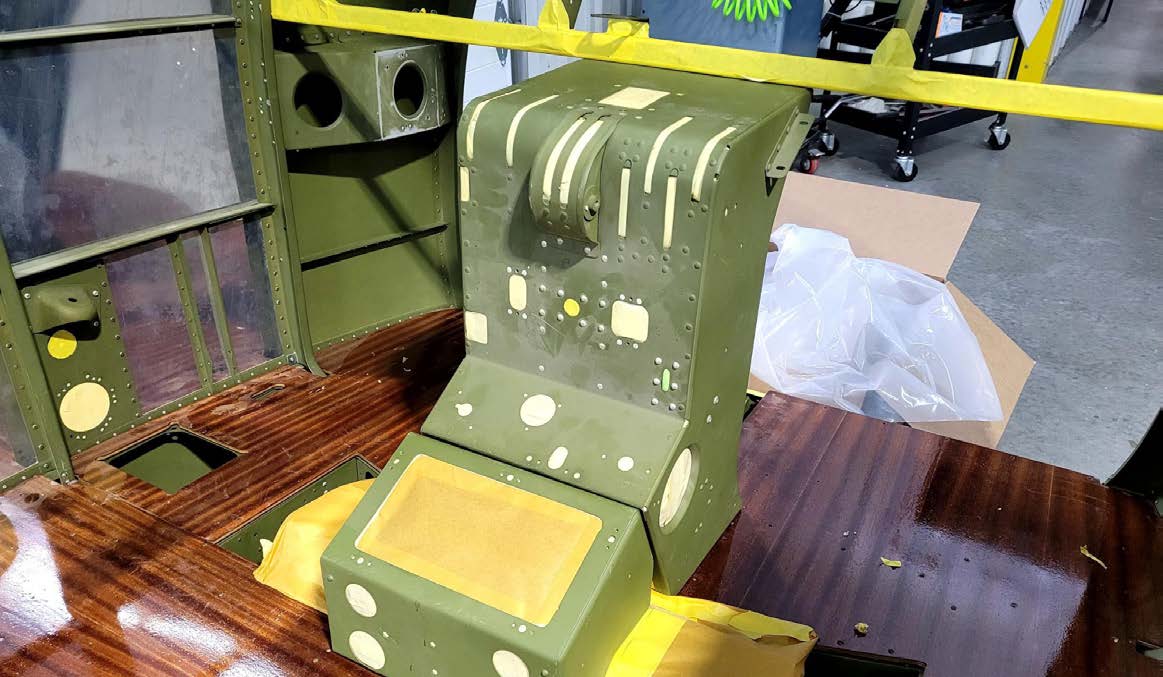
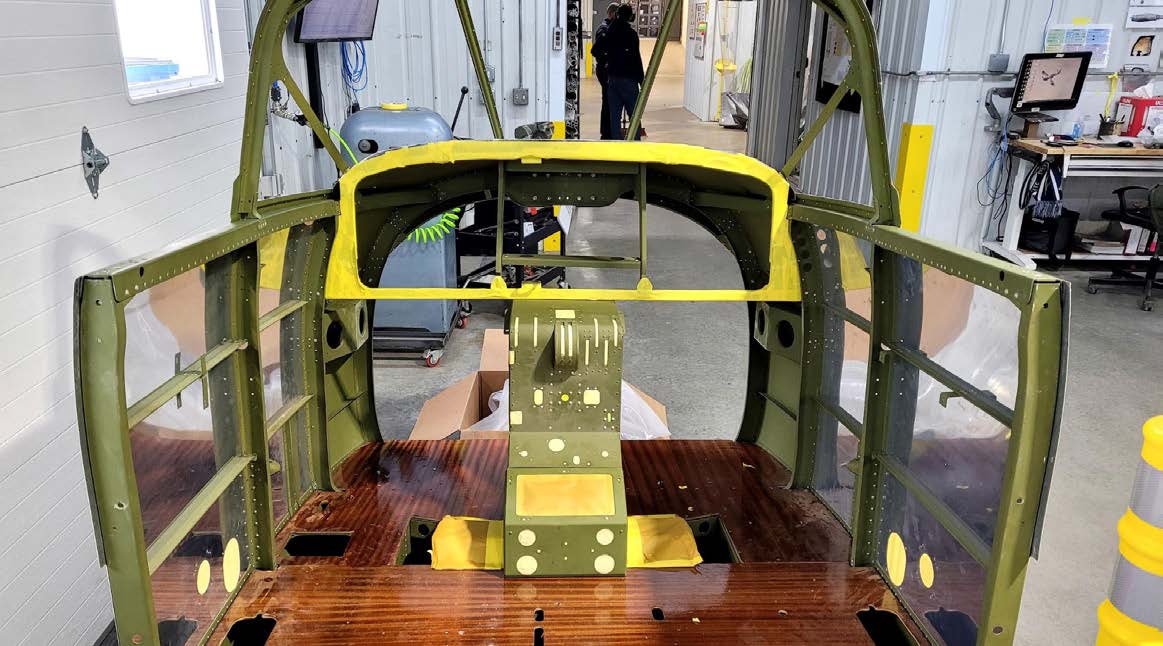
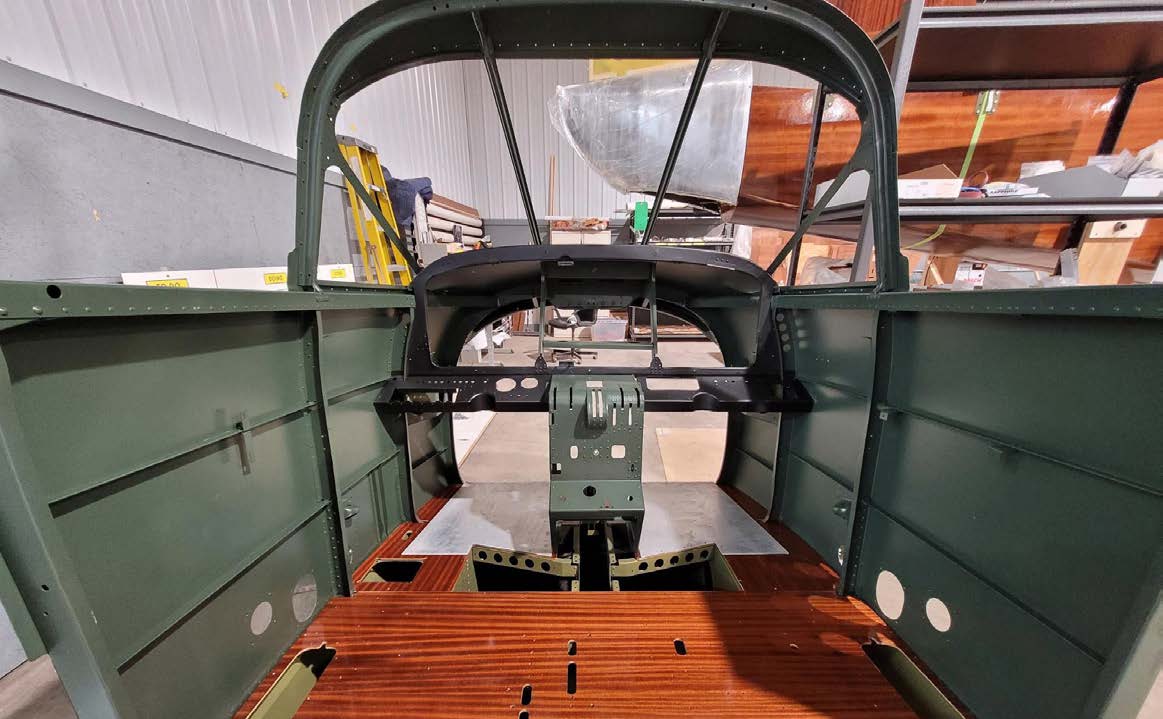
Fuselage
Work on the fuselage included attaching handholds and footsteps. Once that was completed, the restoration team prepared the two main fuselage sections for mating together.
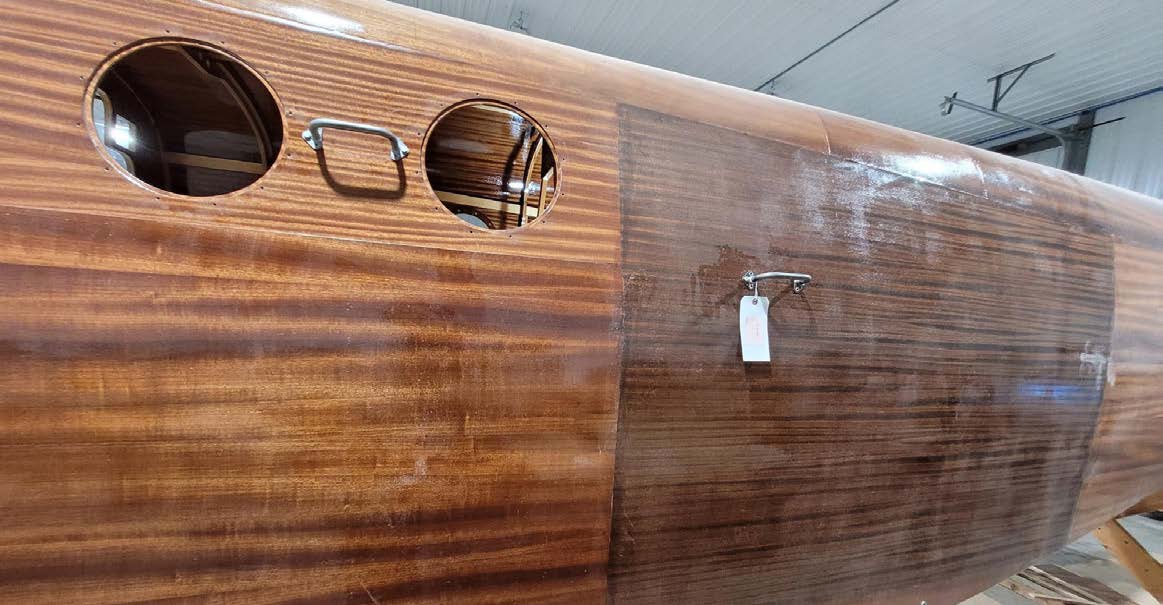
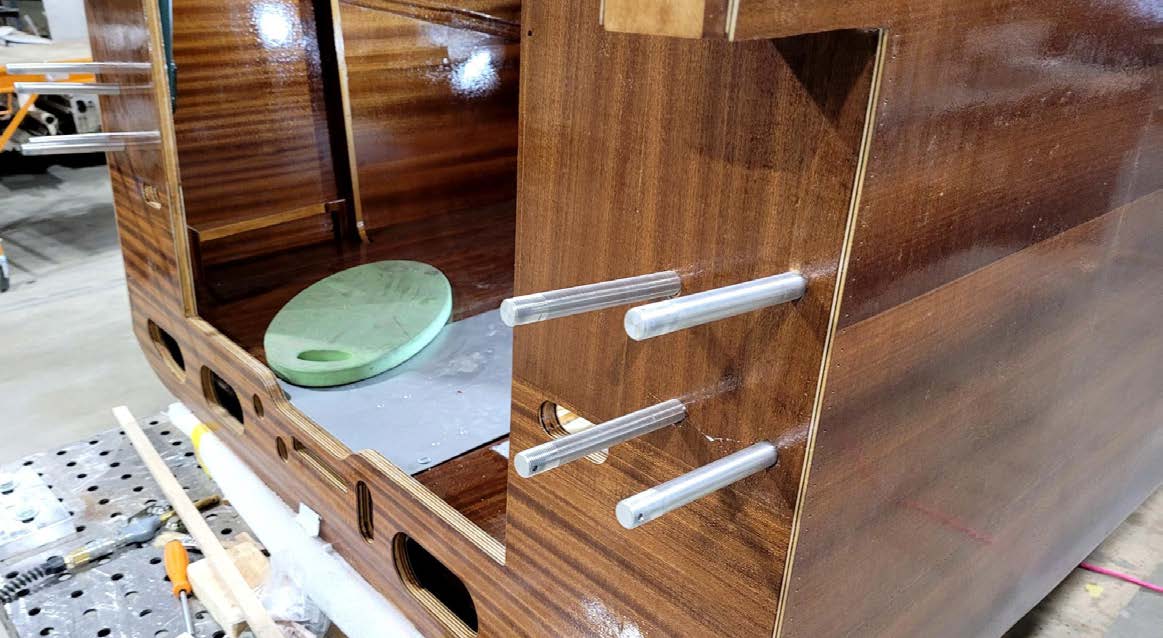
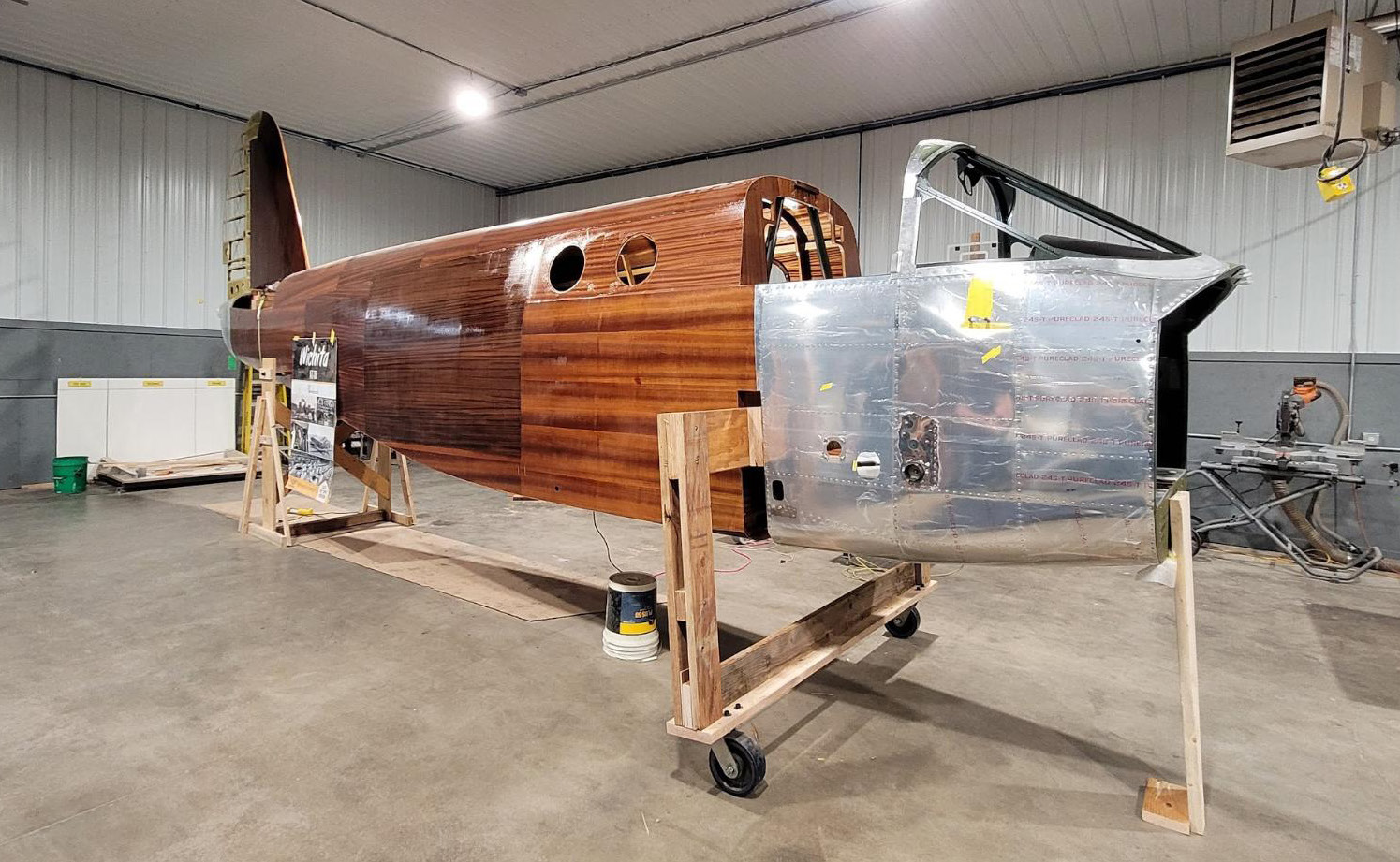
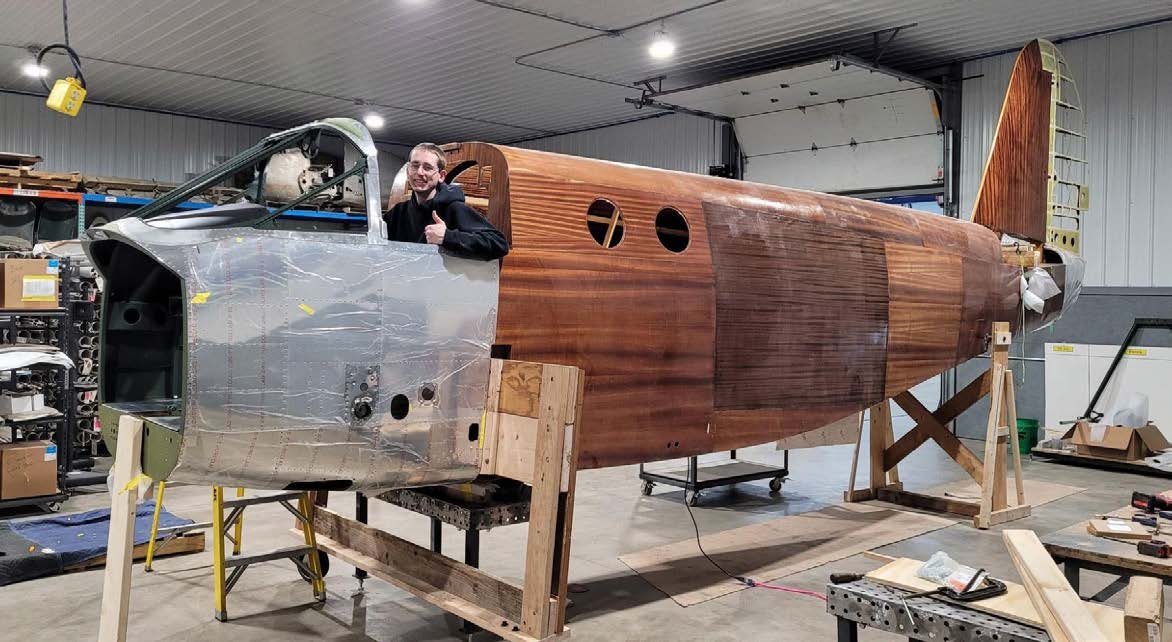
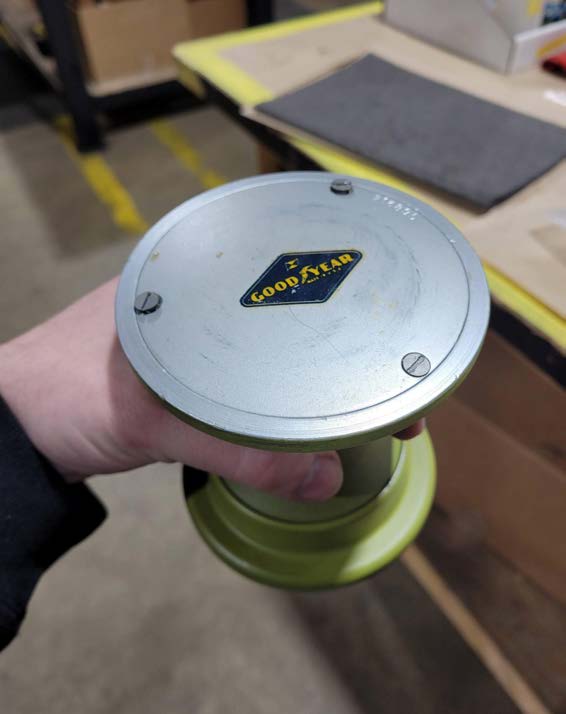
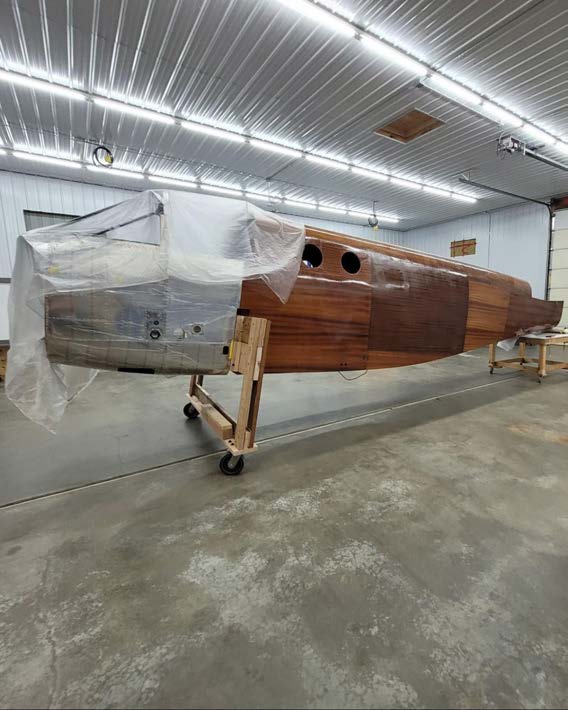
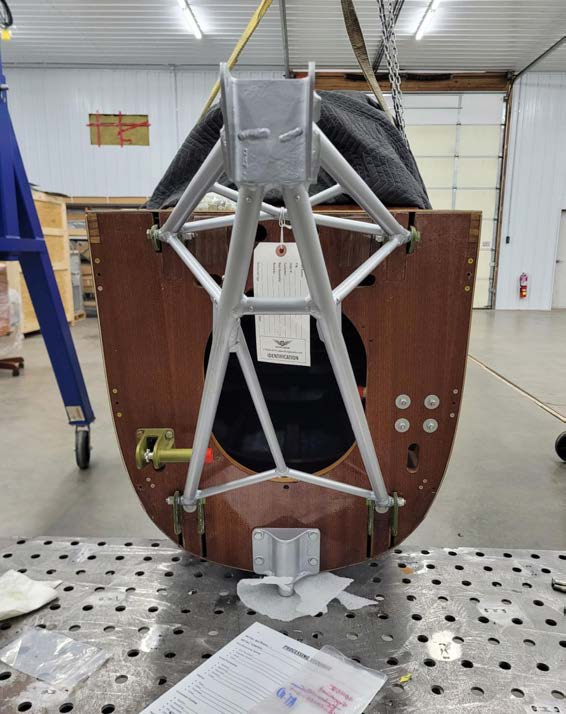
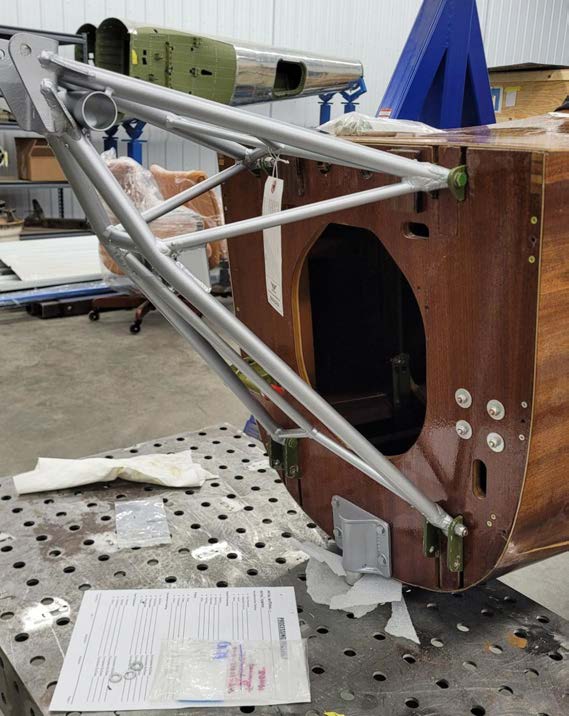
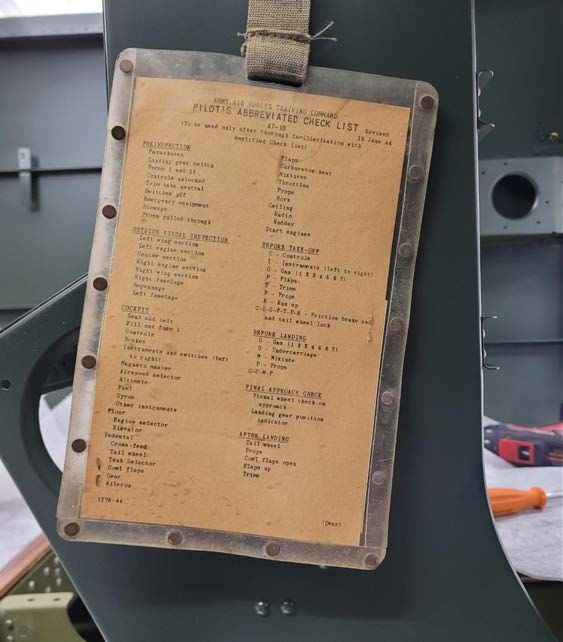
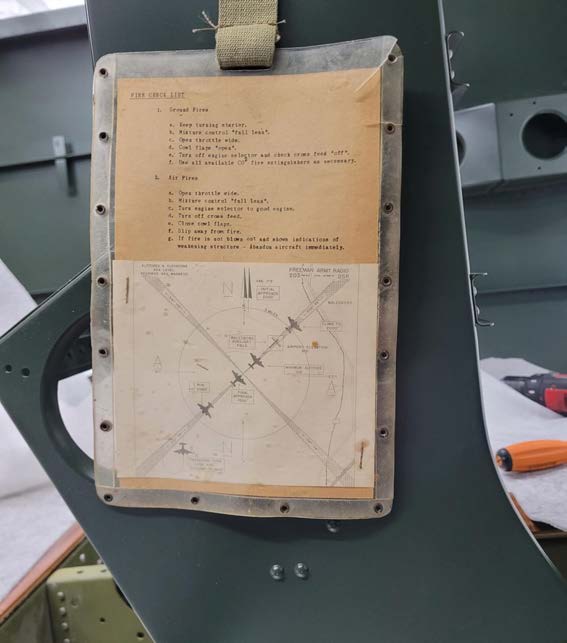
Vertical Fin
Project manager Aaron Prince finished the vertical fin’s internal structure. After completing this task, he had to cut and shape the skins so that they conformed to the fin’s structure; the compound curvature near the top of the rudder was especially challenging.
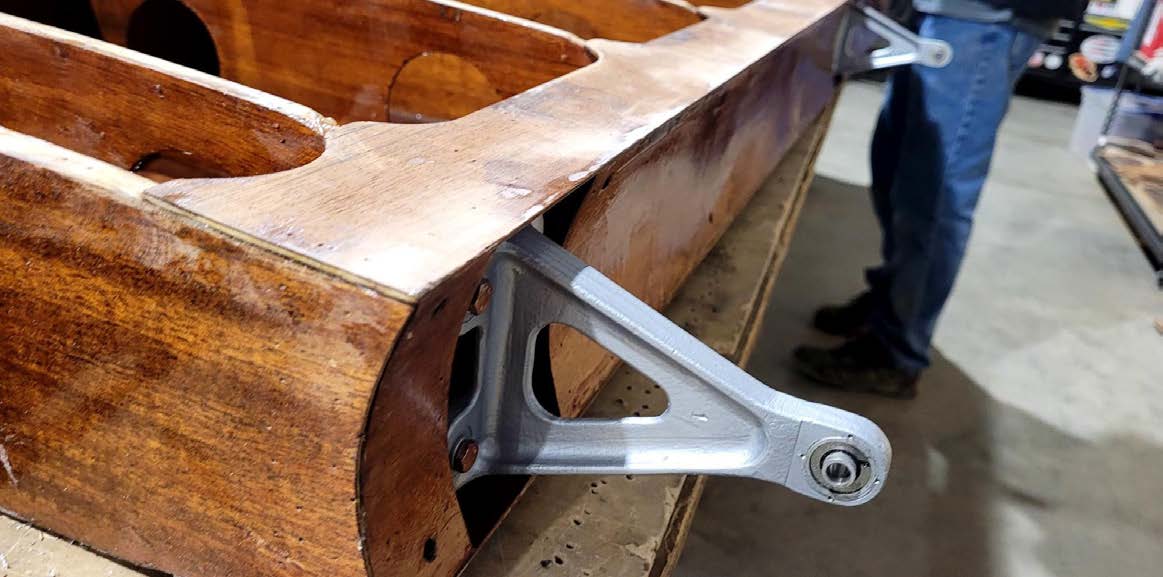
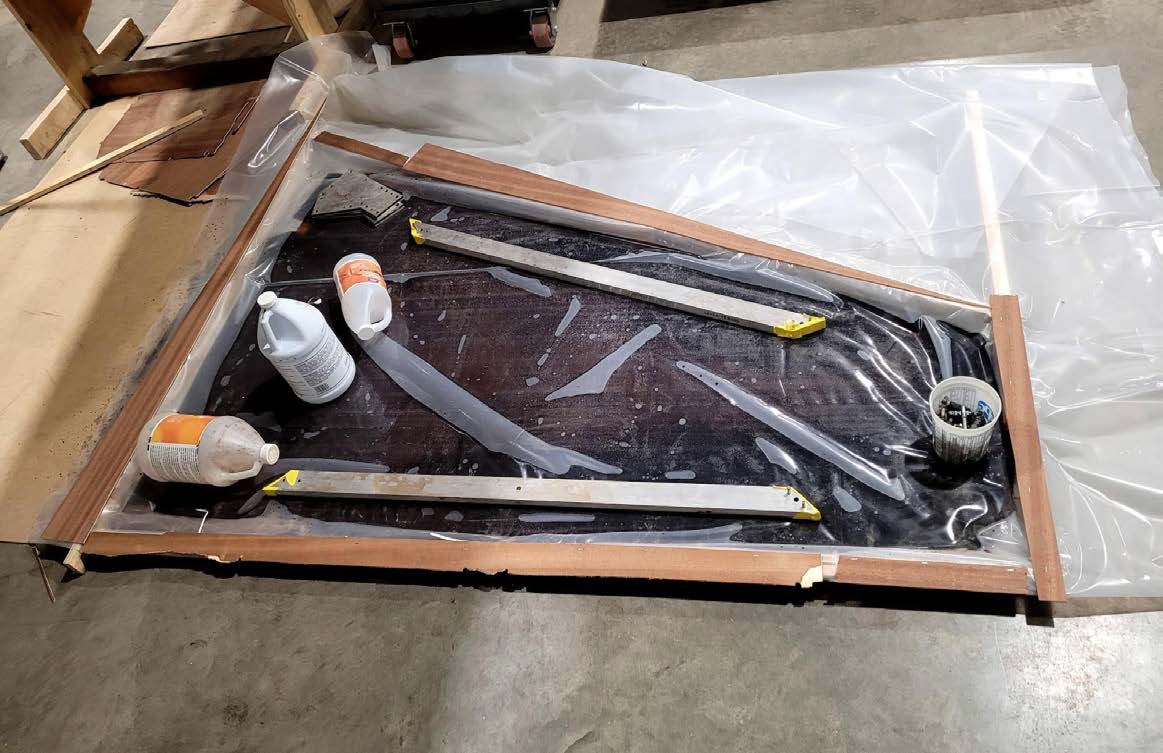
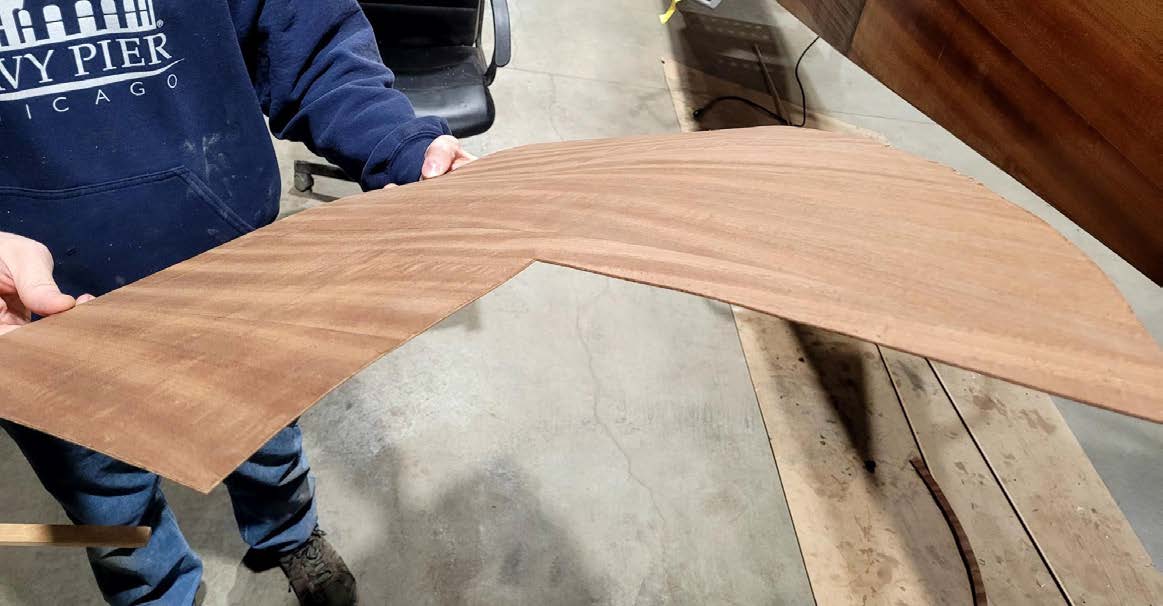
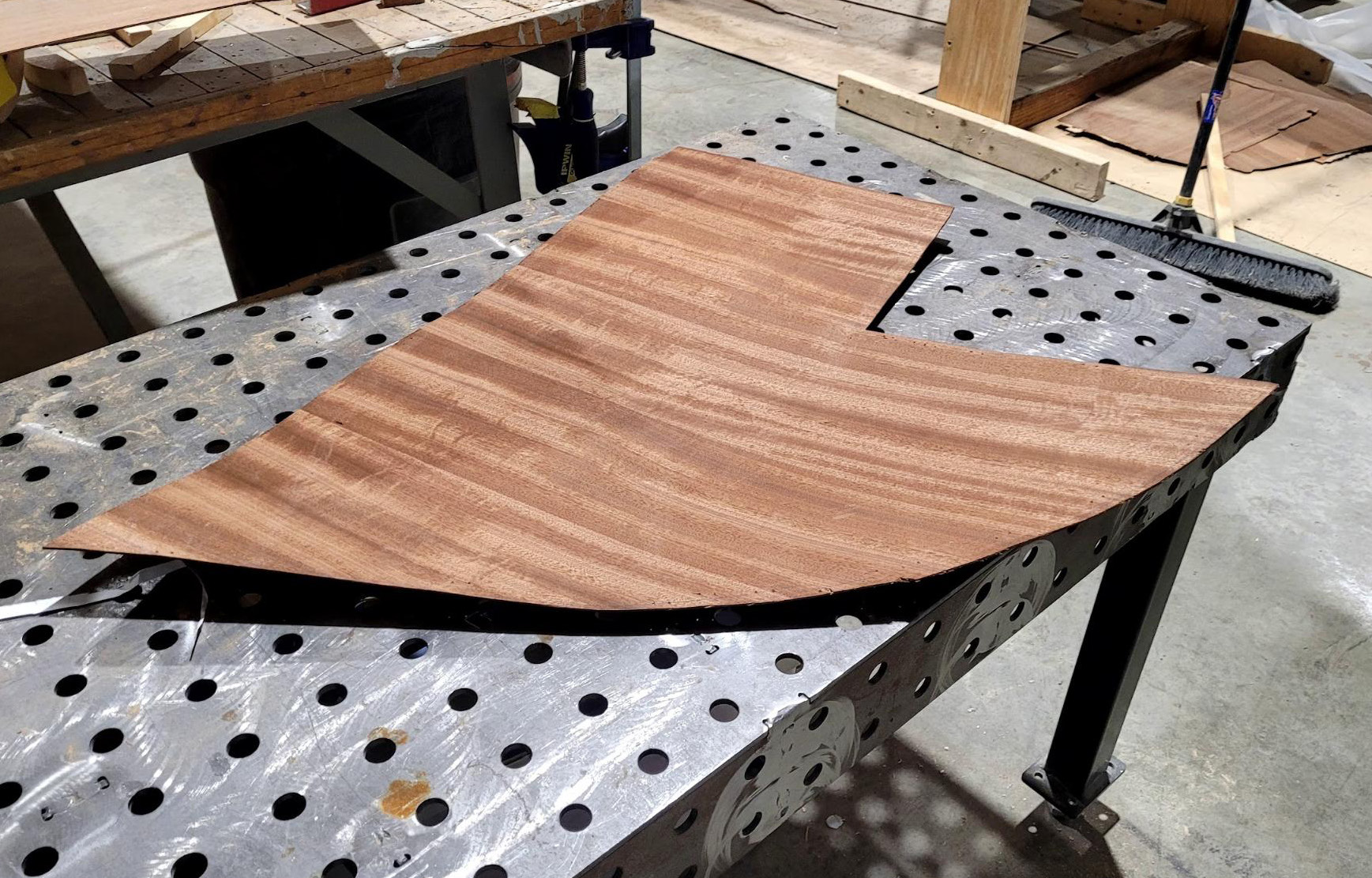
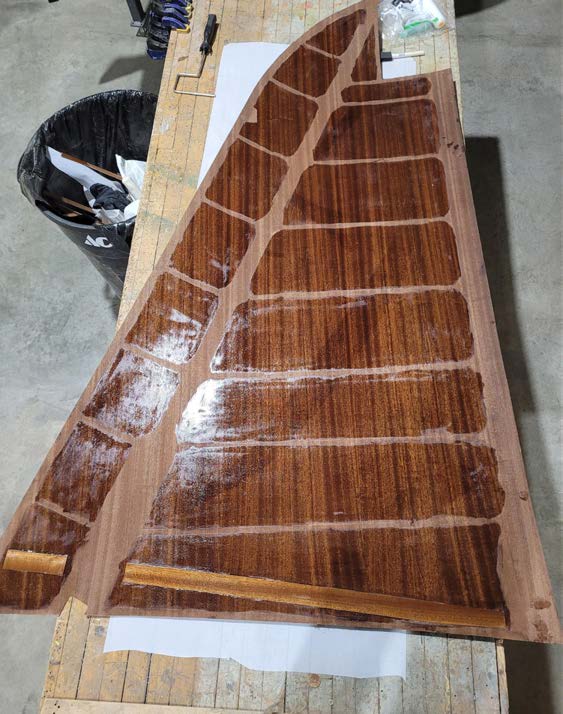
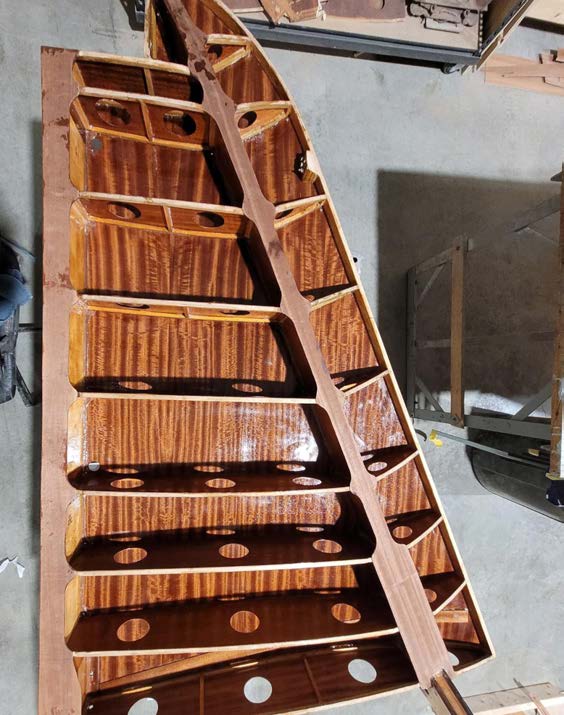
vertical fin frame. (image via AirCorps Aviation)
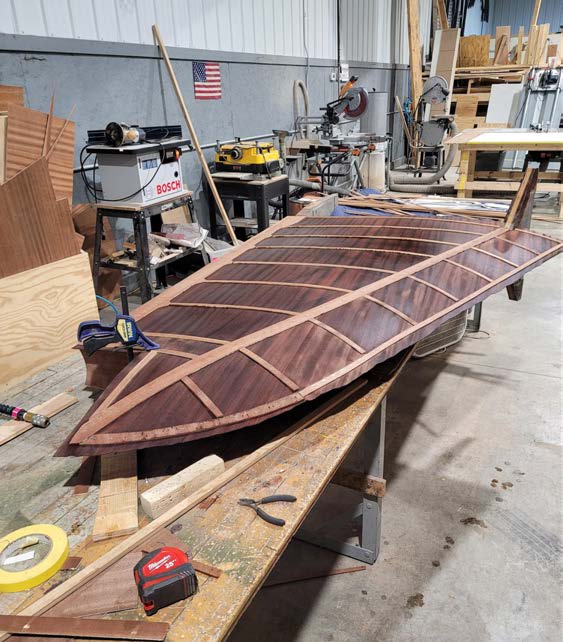
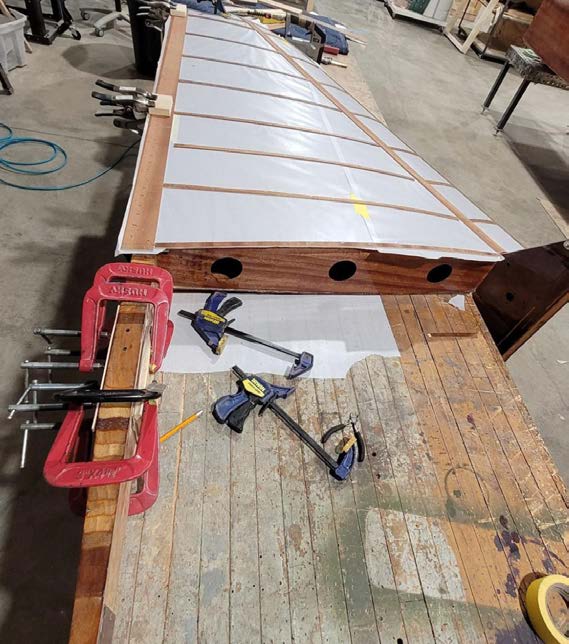
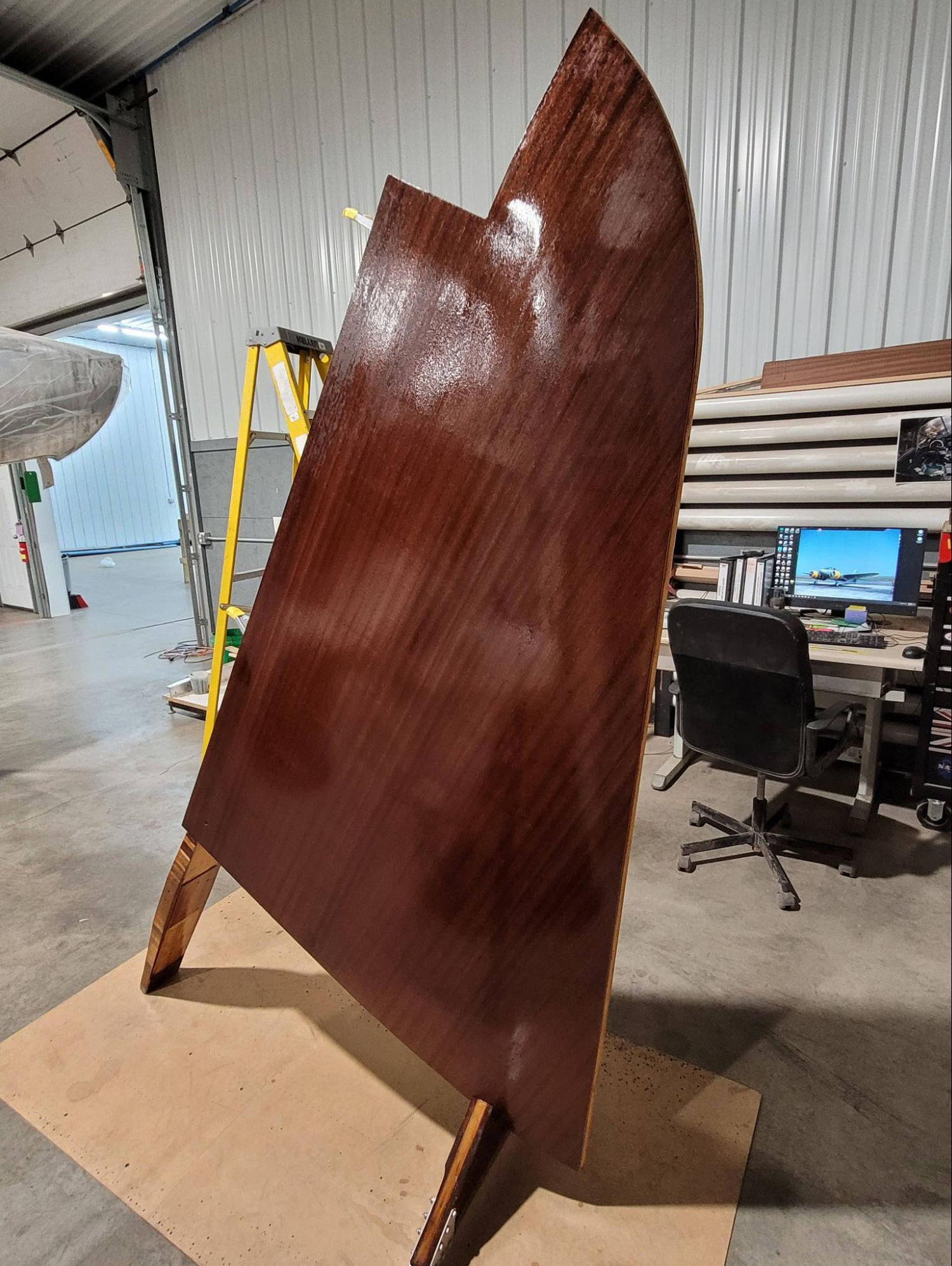
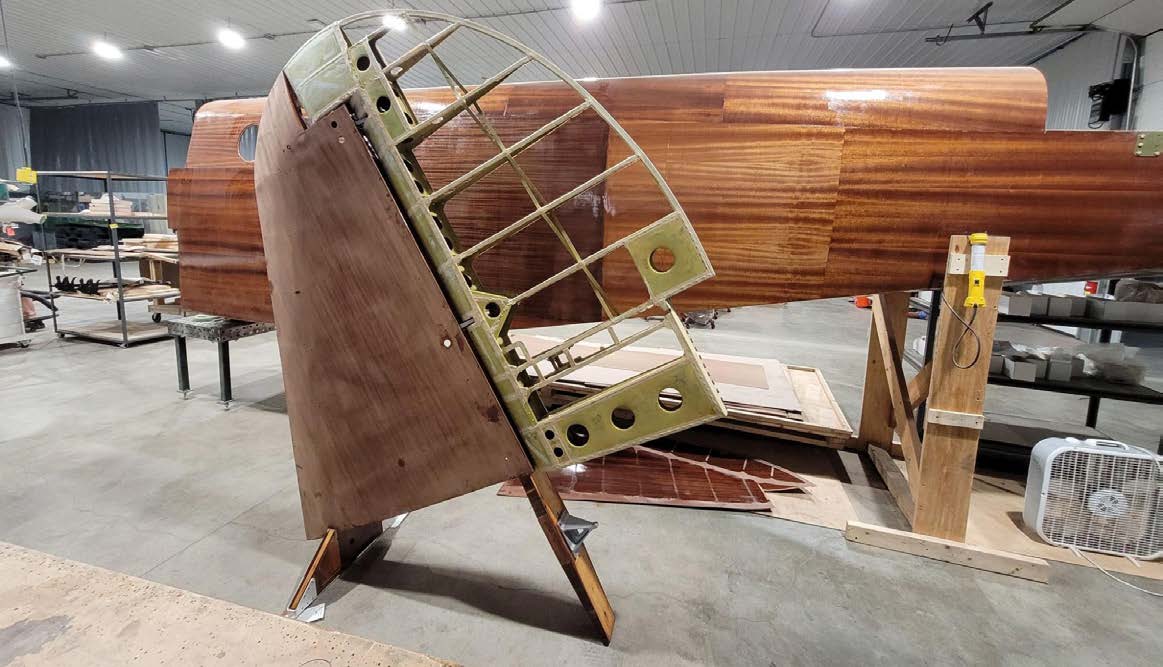
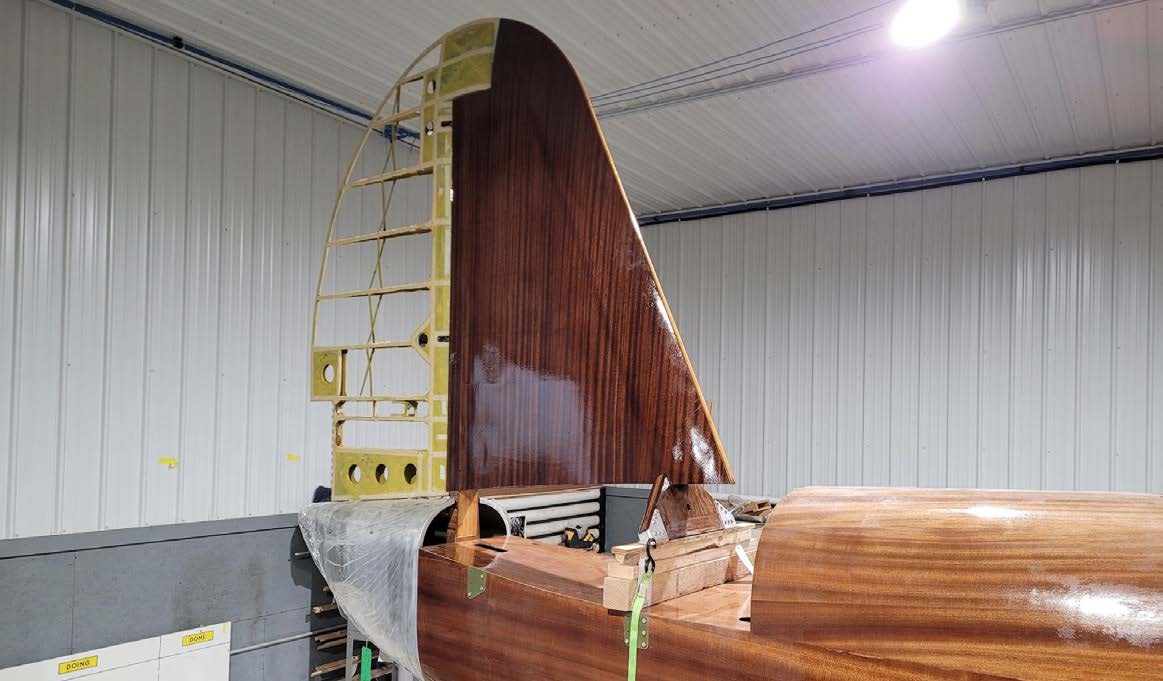
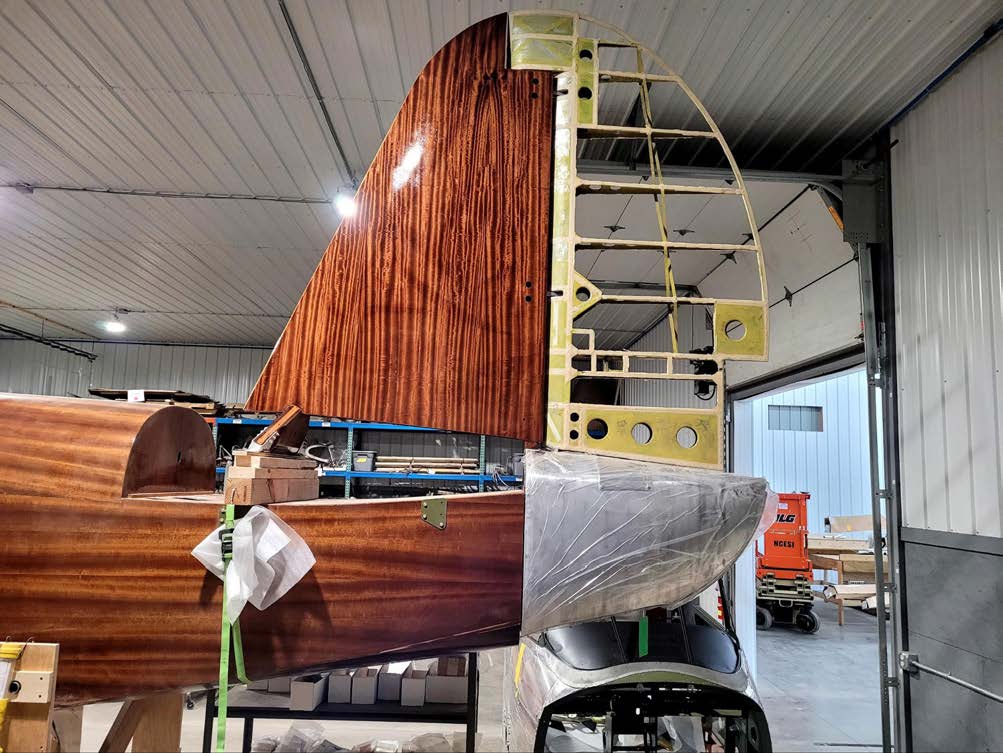
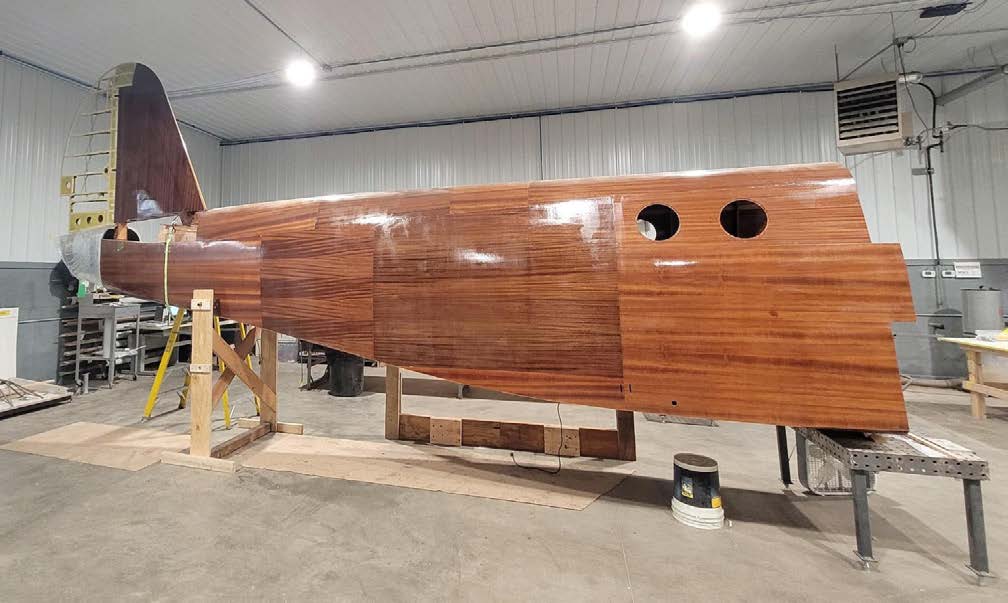
Want to get involved?
AirCorps Aviation is constantly looking for new technical material related to the AT-10. Due to the rarity of this aircraft, and the relatively low number produced, acquiring engineering drawings, parts catalogs, maintenance manuals, and other documentation has been much more difficult than with our past restorations. If you have any AT-10 material or know someone who does, the team would love to hear from you!
Be a part of helping the AT-10 return to the skies! Contact Ester Aube, by email or phone [email protected] or 218-444-4478
Furthermore, should anyone wish to contribute to the Cadet Air Corps Museum’s efforts, please contact board members:
Brooks Hurst: phone: +1 816 244 6927, e-mail: [email protected] Todd Graves: e-mail: [email protected]
Contributions are tax-deductible.
And that’s all for this edition of the AT-10 Restoration Report. Many thanks to Chuck Cravens and AirCorps Aviation for this article.
Related Articles
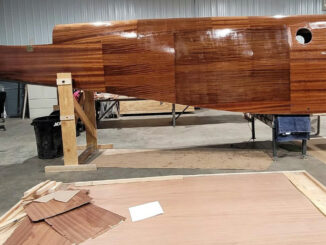
Cadet Air Corps Museum AT-10 Restoration Report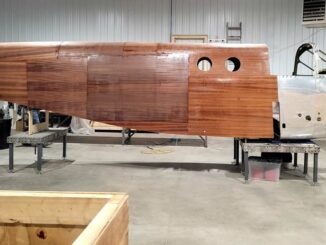
Cadet Air Corps Museum AT-10 Restoration – Fall 2023 Report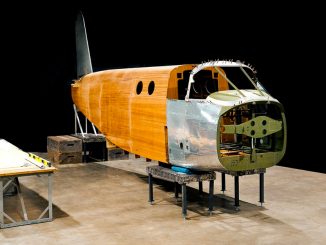
Cadet Air Corps Museum AT-10 Restoration – Spring 2021 Report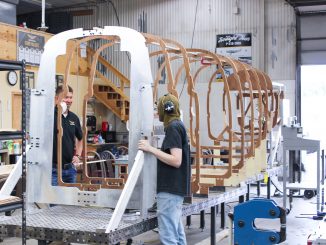
Cadet Air Corps Museum AT-10 Restoration – Summer 2020 Report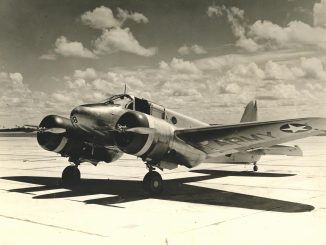
Cadet Air Corps Museum AT-10 Restoration – Fall 2018 Report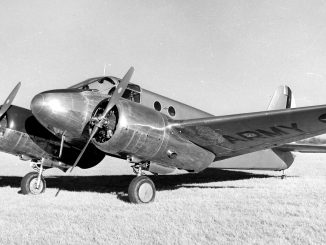
Cadet Air Corps Museum AT-10 Restoration – Summer 2018
Richard Mallory Allnutt's aviation passion ignited at the 1974 Farnborough Airshow. Raised in 1970s Britain, he was immersed in WWII aviation lore. Moving to Washington DC, he frequented the Smithsonian’s National Air & Space Museum, meeting aviation legends.
After grad school, Richard worked for Lockheed-Martin but stayed devoted to aviation, volunteering at museums and honing his photography skills. In 2013, he became the founding editor of Warbirds News, now Vintage Aviation News. With around 800 articles written, he focuses on supporting grassroots aviation groups.
Richard values the connections made in the aviation community and is proud to help grow Vintage Aviation News.

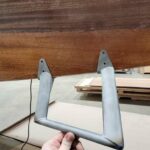
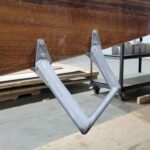
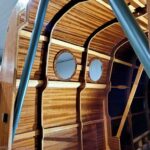
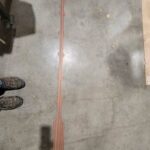
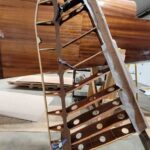
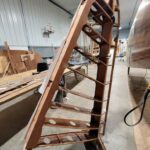
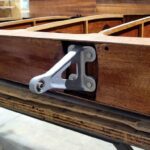
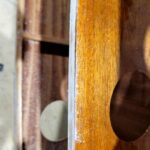
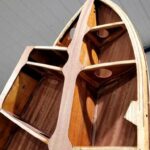
Be the first to comment
Graphic Design, Branding and Aviation Art